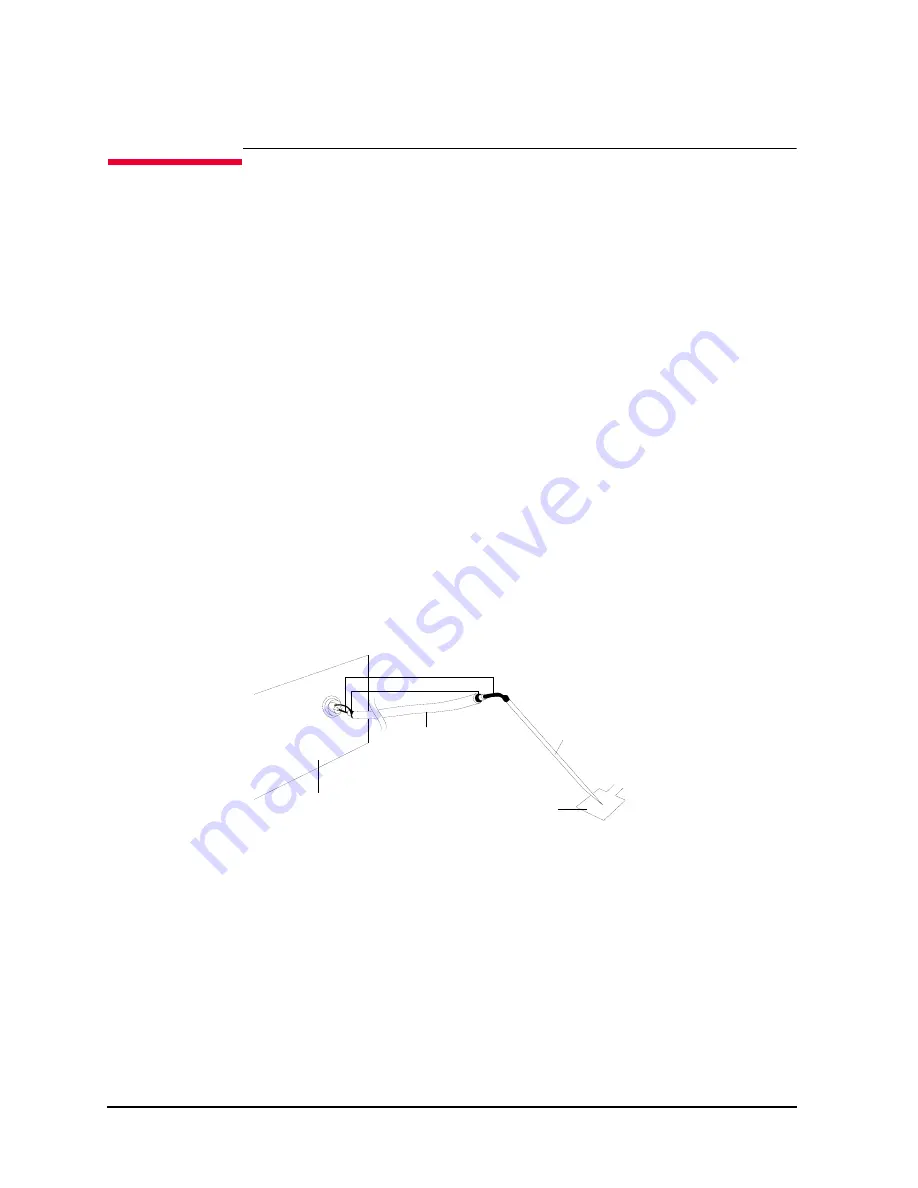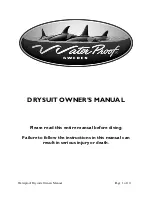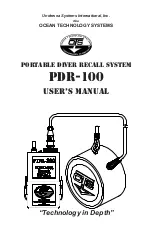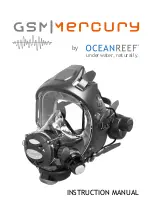
3-12
Keysight B1500A Configuration and Connection Guide, Edition 6
Connection Guide for Wafer Prober
Connection for low current measurement
3.2 Connection for low current measurement
This section provides the information useful for connecting cables and probing needles to a
connector plate.
3.2.1 To make connection to reduce leakage current
To reduce the leakage current caused by connection cables, the guard technique is
effective. Connect the probing needles to the coaxial cables as shown below:
Guarding reduces the leakage current between the instrument and a DUT. This is important
when you measure low current.
1. Cut and trim end of the coaxial cable so that the center conductor does not touch the
outer conductor (connected to the guard terminal).
2. Connect the center conductor to tail of the probing needle. Never connect the outer
conductor to the probing needle. However, the outer conductor should be extended as
close as possible to the probing needle.
3. Connect the outer conductor to the outer conductor of the probing needle if it is a
coaxial probing needle.
The following example connection can be used to reduce the leakage current. Extend the
outer conductor as close as possible to the probing needle, This is also reduces the induced
noise.
Figure 3-12
Cable and Probing needle
3.2.2 Guarding
Guarding reduces the leakage current between the instrument and the measurement point.
This is important when you measure low current.
The following figure shows the theory of guarding. The buffer amplifier (
1) keeps the
potential of the guard conductor at the same potential as the force conductor, so current
does not flow between the force and guard conductors. Therefore, the current measured by
the instrument is same as current at the DUT terminal because no current is leaked.
Probing needle
Contact pad
Connector plate
Outer conductor
Center conductor
Coaxial cable
















































